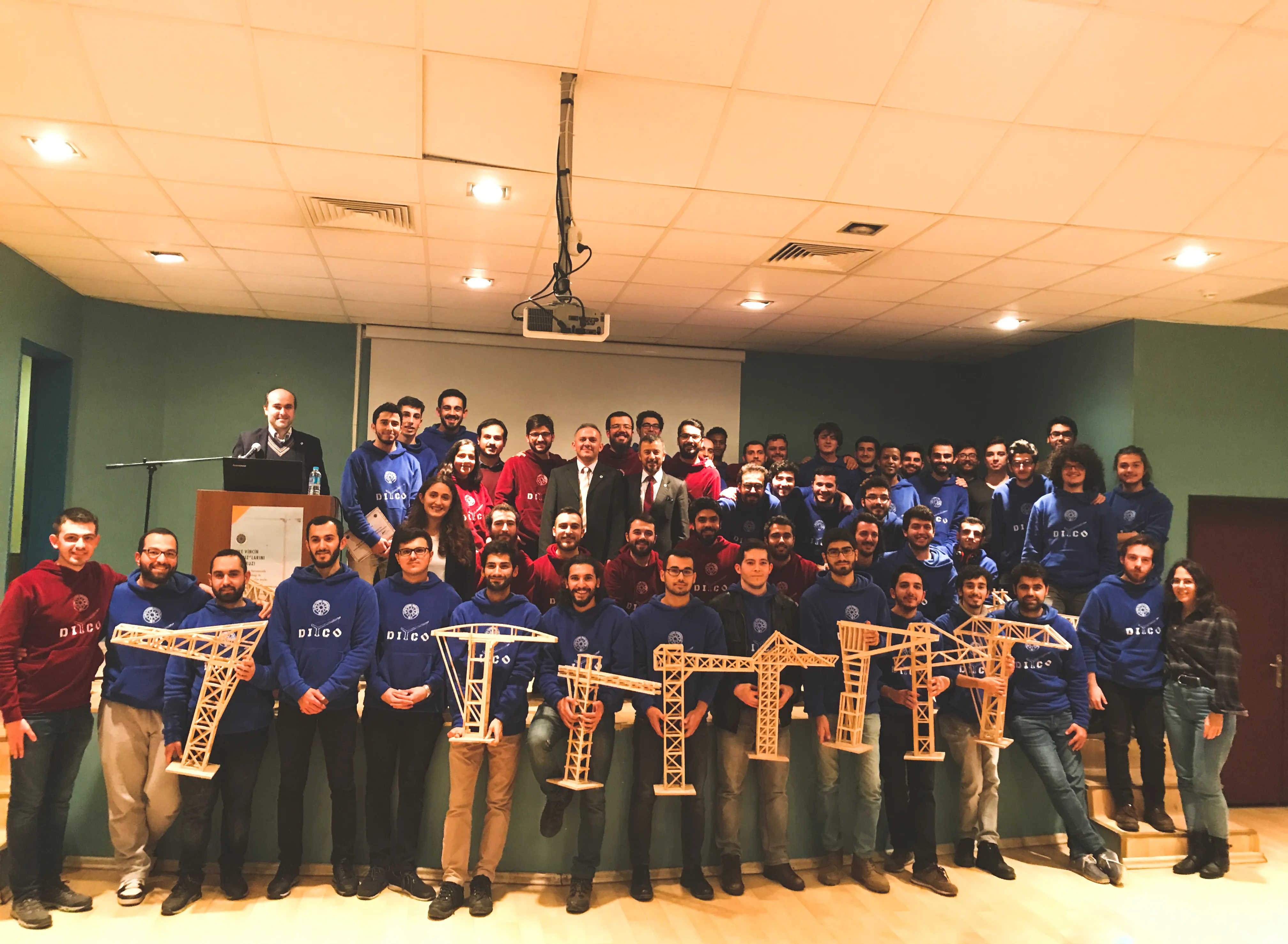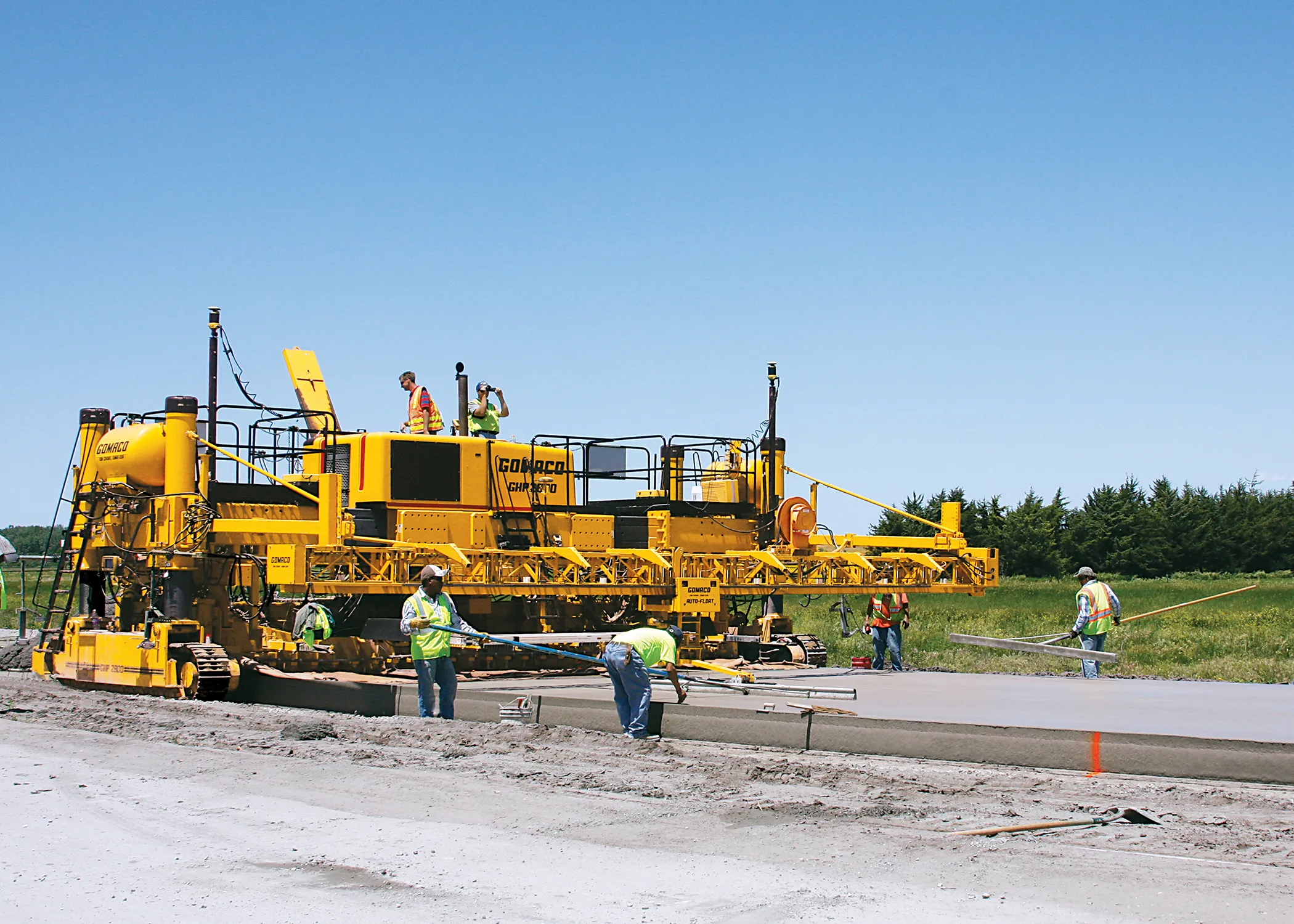
The Wood Tower Crane Competition was organised by Yıldız Technical University and featured 13 teams of expert students. Each team was tasked with building a small tower crane from wood, which was then evaluated on its uniqueness and tested using a 10kg weight. TeknoVinç gifted the three winning teams a Potain MDT tower crane model, as well as book sets and prize money from the university.
TeknoVinç group director Sinan Türeyen was on the judging panel for the competition. He said, “At TeknoVinç, we pride ourselves on helping the Turkish crane sector gain trained personnel, which is why cooperation with universities is so important,” he said. “By sharing our experiences and knowledge, we are helping support the next generation of engineers.”









